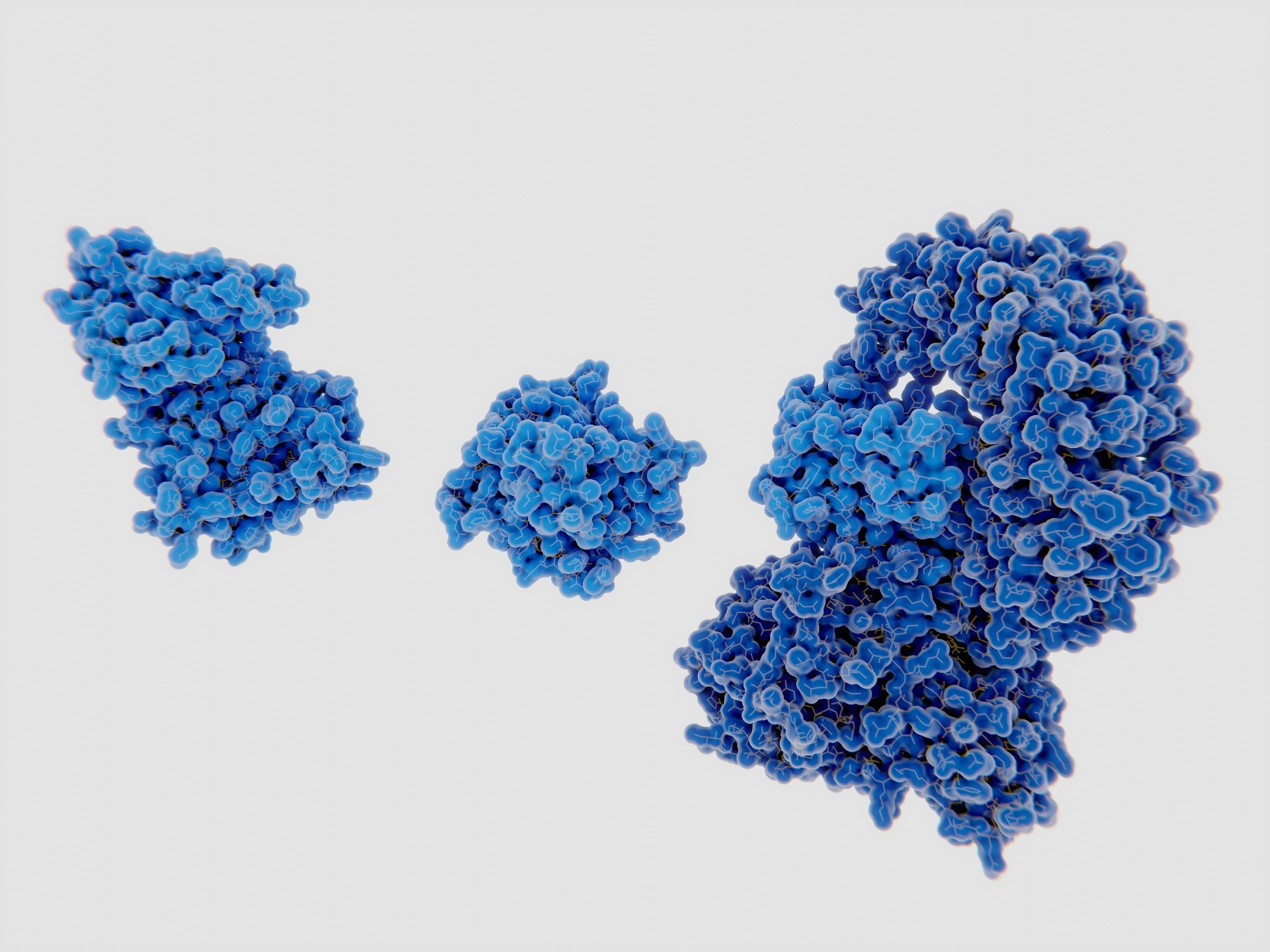In a recent study published in the Molecular Psychiatry journal, researchers assessed the role of severe acute respiratory syndrome coronavirus 2 (SARS-CoV-2) in the NLR family pyrin domain containing 3 (NLRP3) inflammasome activation.
 Study: SARS-CoV-2 drives NLRP3 inflammasome activation in human microglia through spike protein. Image Credit: Juan Gaertner/Shutterstock
Study: SARS-CoV-2 drives NLRP3 inflammasome activation in human microglia through spike protein. Image Credit: Juan Gaertner/Shutterstock
Peripheral diseases include Guillain-Barre syndrome, muscle injury resembling myositis, and, most significantly, almost 65% of SARS-CoV-2-infected patients reported hyposmia, which is a common pre-motor symptom in Parkinson's disease (PD). Additionally, studies are now determining the association between SARS-CoV-2 infections and PD in light of documented cases of PD associated with coronavirus disease 2019 (COVID-19). However, the mechanism via which SARS-CoV-2 could raise the risk of manifestation of PD and other neurological problems, as well as how COVID-19 might affect synucleinopathy, is not yet identified.
About the study
In the present study, researchers employed a human monocyte-derived microglia (MDMi) cellular model to examine inflammasome activation observed against SARS-CoV-2 and its spike protein and the expression of microglial NLRP3 inflammasome in the brain following SARS-CoV-2 infection.
The team infected female K18 human angiotensin-converting enzyme 2 (hACE2) mice with an early clinical isolate of the SARS-CoV-2 Wuhan strain to assess the virus' impact on the brain. Up to 12 days post-infection (dpi), body weights, clinical scores, and survival rates were documented. Subsequently, a nanobody that detected divergent SARS-CoV-2 variants, such as the Wu strain, was employed to examine the brains of infected mice with six dpi.
NLRP3 expression was then estimated by immunofluorescence to ascertain whether inflammasome activation occurred after SARS-CoV-2 infection. The potential contribution of SARS-CoV-2 to the promotion of inflammasome activation within the human microglia was also examined. To obtain adult microglia, MDMi was produced. The team confirmed that, compared to monocyte-derived macrophages, the developed MDMi strongly expressed the common microglia hallmark markers, including P2RY12 and TMEM119. The release of infectious viral particles following infection was estimated using multiplicity of infection (MOI) values of 1 and 0.1 to assess whether these MDMi supported SARS-CoV-2 replication.
The MDMi cells were exposed to SARS-CoV-2, and important inflammasome activation signals were estimated to investigate the activation of microglial inflammasomes after SARS-CoV-2 infection. The MOI of 1 Wuhan isolate was incubated with MDMi or lipopolysaccharide (LPS)-primed cells. Immunocytochemistry and Western blot were used to identify signs of inflammasome activation 24 hours after infection. Next, the team tested whether spike protein could directly activate inflammasomes in human microglia.
The team created a low endotoxin S-clamp and a control trimeric fusion protein (F-clamp) derived from the Nipah virus. These proteins were verified using sodium dodecyl-sulfate polyacrylamide gel electrophoresis (SDS-PAGE), size exclusion chromatography, and enzyme-linked immunosorbent assay (ELISA) to further understand the mechanism of inflammasome activation by SARS-CoV-2.
Results
The team detected widespread viral spread in the parenchymal brain cells of infected mice. Ionized calcium-binding adaptor molecule 1 (Iba-1) staining for the pan-microglia/macrophage protein also showed morphological changes indicating microglial activation in brains infected with SARS-CoV-2. When stained for the particular microglial marker TMEM119, SARS-CoV-2-infected brains revealed retracted and thickened TMEM119-positive cell processes along with large cell bodies, indicative of microglial activation. Furthermore, co-staining with anti-SARS-CoV-2 nucleocapsid (N) protein showed that the virus was present in the vicinity of these activated microglia.
qPCR further verified the participation of inflammasomes in SARS-CoV-2-infected brains, with significant overexpression of caspase-1, Aif1 (Iba1), and pycard (ASC). Overall, these investigations demonstrated that SARS-CoV-2 infection in mice activated the microglia and upregulated the inflammasome components of NLRP3.
Inflammasome activation was induced by SARS-CoV-2 infection in MDMi, as evidenced by cleaved interleukin (IL)-1 release in the cells' supernatant after exposure to the Wuhan strain. This supported the inflammasome's activation by correlating with rising levels of cleaved caspase-1. ASC speck formation, a biological indicator of inflammasome activation, supported these findings. Both Wuhan-treated MDMi and nigericin (Nig)-activated LPS-primed cells used as positive control showed increased ASC speck staining. Notably, SARS-CoV-2 exposure could instantly activate the inflammasome in MDMi without priming, indicating that the virus can prime and activate the inflammasome.
Using size-exclusion chromatography, the team confirmed that most of the S-clamp and F-clamp proteins were present in their trimeric form and maintained reactivity as measured by the binding of crucial LPS-induced antibodies. These proteins had disintegrated after the LPS wash-out but had been re-induced by the viral spike protein. This showed that the spike protein primed and activated the inflammasome.
The team also noted that compared to a control protein such as NCAM-FcM, which was generated similarly to hACE2-FcM, the human ACE2 protein prevented SARS-CoV-2 entry with a 50% inhibitory concentration (IC50) of 39 g/mL into the Vero E6 cells. In contrast to CO5 and nigericin, pre-treating LPS-primed MDMi with 3E8 reduced IL-1-beta production following activation with S-clamp. This indicated that spike-ACE2 interaction particularly contributed to inflammasome activation in microglia.
Further research is needed, but this is potentially a new approach to treating a virus that could otherwise have untold long-term health ramifications.”
Overall, the study findings established that SARS-CoV-2 and its spike protein could prime and activate the NLRP3 inflammasome present in human microglia. This highlighted the potential COVID-19 risk factor in manifesting neurodegeneration and PD.